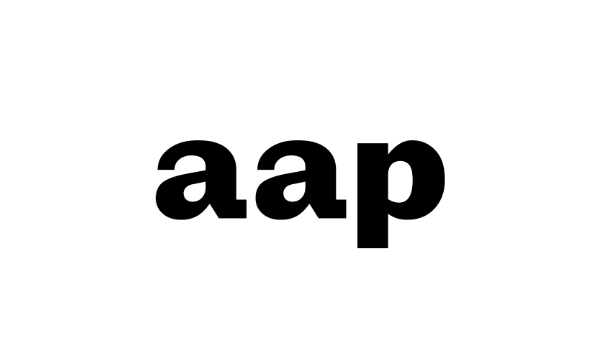
It takes a tasty treat to lure a cow’s head into the narrow channel of a solar-powered contraption mounted to the back of a trailer.
Once inside, and munching away at the sweet pellet, sensors measure the potency of the animal’s methane-laden burps. By the water trough, another device calculates the cow’s weight, and over the fence tubs of feed on scales record how much it eats.
Like the other 19,000 cattle at Kerwee Feedlot, 150km west of Brisbane, the 80 cows in this pen are fed a twice-daily ration of freshly milled wheat and barley. But in the mix there’s an added supplement derived from Asparagopsis, a species of red seaweed shown in some studies to reduce the methane output of cows. This is one of the longest commercial trials of the additive to date.
Globally, methane released by burping livestock, namely cattle, accounts for an estimated 5.5%-5.7% of all human-induced global heating. It is also responsible for the majority of emissions in Australia’s livestock sector.
This feedlot, with the exception of the hi-tech monitoring equipment in one pen, is a standard set-up: cattle arrive from farms, spend a few hundred days fattening up for slaughter, and are then trucked to an abattoir. There are 57 feedlots just like it within a few hundred kilometres of Kerwee – almost half of Australia’s feedlot capacity.
The trial at Kerwee involved feeding a commercial Asparagopsis supplement in the form of an infused canola oil over 200 days. The study involved 160 Angus steers in total, including a control group. The results, published in the journal of Translational Animal Science, found methane emissions in the cattle fed the supplement reduced by more than half (a 51.7% reduction in production and 50.5% reduction in yield) when taken on average over the length of the trial, with a peak in methane reduction at 91% on day 29.
The taste and quality of the meat was not affected and cattle fed the supplement gained 20kg more than those without.
The results are a vast improvement on a net methane reduction of 19% in wagyu cattle observed in a 2023 study, and Associate prof Fran Cowley, who leads the University of New England’s ruminant research group, says actual abatement may be higher than that recorded by the field instruments.
The only catch is that the cattle were in a feedlot, which account for less than 1% of the industry’s methane emissions.
Cowley says reducing methane emitted from cattle grazing on farms will be far more difficult.
“Feedlots are the best case scenario for the efficacy of [methane] inhibition and ease of adoption for producers,” Cowley says. “When we get out into grazing systems, things get much, much harder.”
The vast majority of Australia’s 27.8 million beef cattle spend most of their lives grazing in often-far flung paddocks, where it’s not possible to hand-feed daily supplements.
Early results from a pen trial in March of a lick block infused with emissions inhibitors, which could be deployed in some paddocks, saw an on-average 12% abatement of methane.
Other strategies to reduce on-farm methane emissions include a raft of nascent technology including releasing additives into drinking water, selective breeding and improving the efficiency of farms.
Cowley estimates a mix of interventions could yield a 15%-20% methane reduction in Australia’s beef cattle herd by 2030. That would still fall short of the federal government’s commitment to cut methane emissions by a third in the same period, in line with global targets.
Climate scientists say methane emissions must be cut by 60% to limit the worst effects of global heating. The easiest way to do that, according to a global survey of 210 climate and food systems scientists, is to reduce rates of red meat consumption.
‘Pretty serious costs’
Even in feedlots, the commercial viability of additives such as Asparagopsis remains unclear. Marcus Doumany, the chief operating officer of Stockyard Beef, the owner of Kerwee Feedlot, says it is not currently viable to roll out the supplement across all its hundred pens.
“We are looking at some pretty serious costs to industry to make this happen,” Doumany says. “It’s that classic early commercialisation phase, everyone is trying to work out when and what to do.”
Cowley says the feed additives are at “research prices” but will fall as adoption and production ramps up. Alex Baker, the chief executive of FutureFeed, the licence distributors of the red seaweed supplement, “firmly believes” the productivity benefit – the slight weight gain, which Doumany described as “modest” – will drive a strong economic case for adoption.
Government incentives may also make adoption more enticing. The Department of Climate Change, Energy, the Environment and Water is assessing a proposal to that would allow producers to be issued Australian carbon credit units in exchange for methane emissions abatement with feed additives.
Baker says, if approved, the scheme would provide “additional confidence” to producers but predicts it would take at least 18 months until its up and running.
Global livestock methane emissions are projected to increase by 30% by 2050 under current policies.







